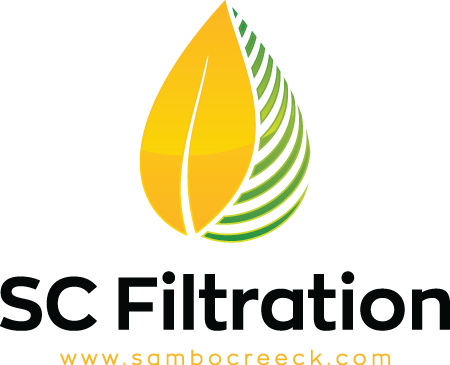Repost from @hashcru
Freeze drying, vacuum drying, nitrogen drying, air drying, green lights, Hash Vac (something we haven't even thought of yet but some other industry has been using for over a century)...what is the best method for drying hash?
This article isn't meant to serve as a step-by-step guide. While I'll explain various steps and share some techniques, if you want a complete SOP for any topics discussed here, feel free to contact me by email. In this discussion, I'll cover different drying techniques and explain what "dry" hash means. We’ll also go over how to measure the moisture content in your hash.
Numerous websites already provide extensive information on freeze drying hash, with many offering helpful resources, both free and paid. Rather than repeating what's already available, I'll focus on key insights and techniques that can enhance your drying hash understanding.
Drying H@sh
SC Filtration
"SC Filtration provides tutorials and detailed information on drying hash, focusing on removing water before freezing and increasing the material's surface area. They also offer freeze dryers and a sintered mesh tray compatible with popular models. In my experience, leaving an optimal amount of water is crucial to creating sufficient vapor pathways in the hash; during dewatering, it's essential to retain enough water for vapor to escape the 'hash patty.'
There are two primary approaches to speeding up freeze-drying, as suggested by experienced professionals. I encourage everyone to explore these methods, experiment, and find the drying process that best suits their needs.
Remember, there's value in trying different techniques and validating their effectiveness."
Does Hashcru have any info that I can apply to what others are teaching to help optimize my freeze drying technique?
The most common mistake in freeze-drying hash is not stopping the process at the optimal point. Instead of relying on a set time, it's essential to measure specific data to determine when the hash is sufficiently dry. This guide outlines a procedure for optimizing drying time with a Harvest Right freeze dryer (terp slurper). I highly recommend using the Hashy device for remote monitoring, as it also provides a document to help identify the dryness endpoint.
What about air drying, do I even need a freeze dryer?
Ultimately, the drying method you choose will depend on your budget, environmental conditions, and the product you're aiming to produce. Various methods exist for air drying hash. One early technique involved dehydrating hash with a nylon screen and towels, then air drying it on a pizza box with a fan. Although this method was popular in the early days of bubble hash, I found it ineffective, resulting in improperly dried hash and microbial growth, which required refrigeration—an impractical solution for my lifestyle.
Cold, dry environments such as refrigerators or freezers are ideal for air drying. Techniques like freezing, microplaning, and evenly distributing the hash on a sieve with green lights can speed up water removal. For faster results, consider using Hashcru's licensed sieve with Hash Vac technology and 520nm lights.
How can I measure the dryness of hash?
Moisture content and water activity levels help indicate the dryness of hash and provide measurable data to refine processing methods. Moisture content refers to the amount of water present in a material, typically expressed as a percentage of the total weight. For instance, if a material weighs 100 grams and contains 5 grams of water, the moisture content is 5%.
How do I determine the moisture content of hash?
For precise measurements, laboratory equipment such as moisture meters is typically used, though their accuracy with hashish may be limited. Gravimetric analysis involves completely drying a sample and comparing its initial and final weights to determine moisture content. This method is time-consuming, requires specialized equipment, and may be inaccurate as it can evaporate volatile compounds like terpenes, distorting the measurement.
Indirect methods can also estimate moisture content. While less precise, these methods provide a general idea of moisture levels. Experienced hash makers often gauge moisture content by observing the hash's texture, color, and stickiness. Overly dry hash will crumble easily, whereas overly wet hash will be sticky and pliable.
What is water activity?
Water activity measures the free, unbound water in a substance that is available to react with other molecules. Measurements below 0.6 aW are necessary to prevent microbial growth. Water activity can remain stable with added water up to a certain point, after which the substance can become saturated. High moisture content in hash may lead to a loss of bound water, increasing its water activity.
Properly drying hash that has been water-sieved is crucial to prevent spoilage. Besides supporting microbial growth, free water can also contribute to the oxidation of compounds in hash. For a more in-depth look at water activity and its effects on hash, a paper is available for download. This document details the use of the Lebrew Aqua Gauge device to measure water activity in hash and flower samples and provides guidance on using these readings to optimize the drying process for your desired product.
If you want to read the original post, visit https://www.hashcru.com/drying-hash




